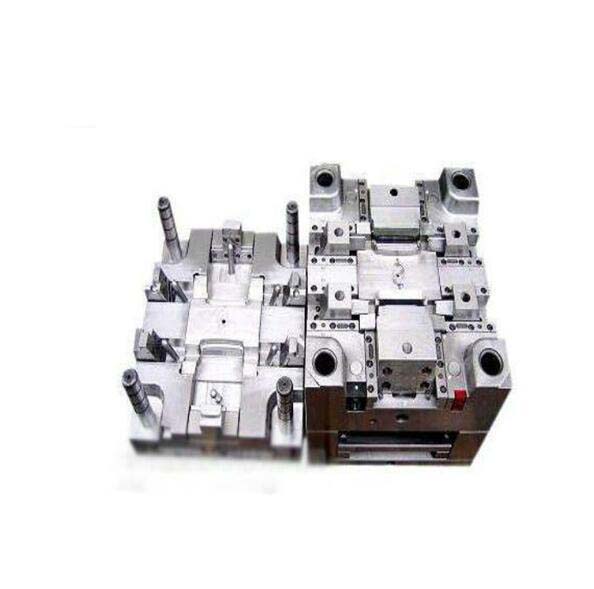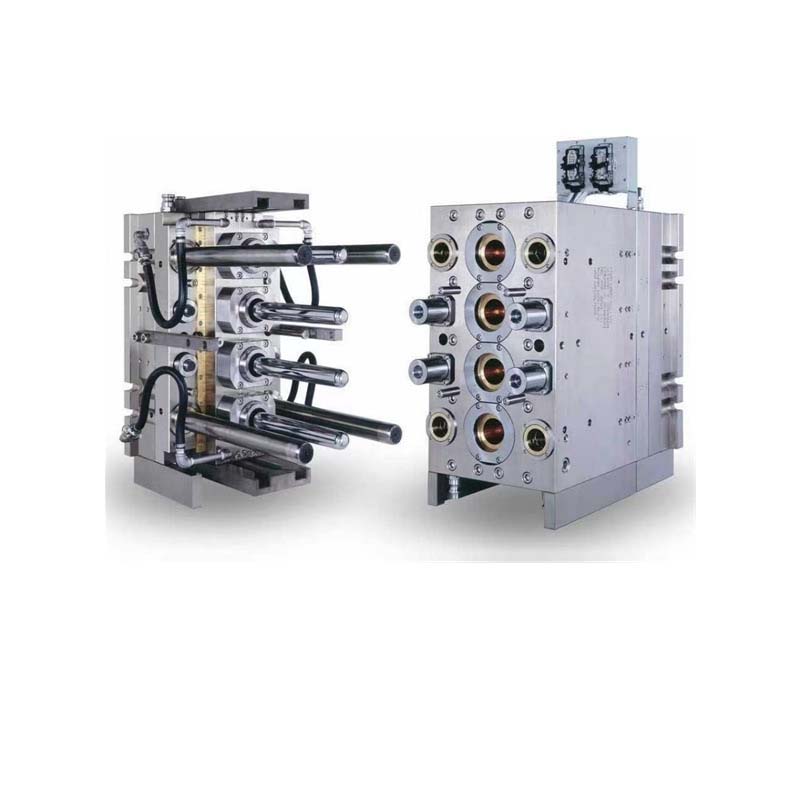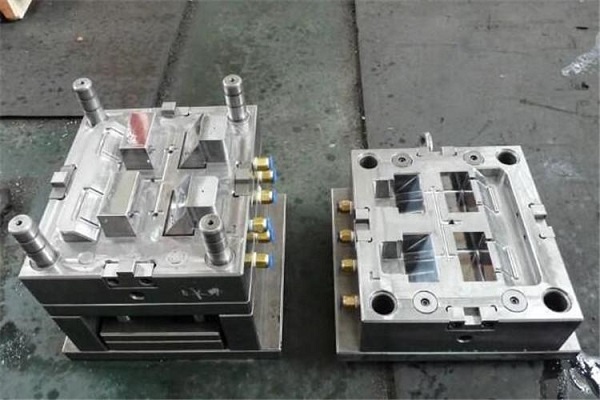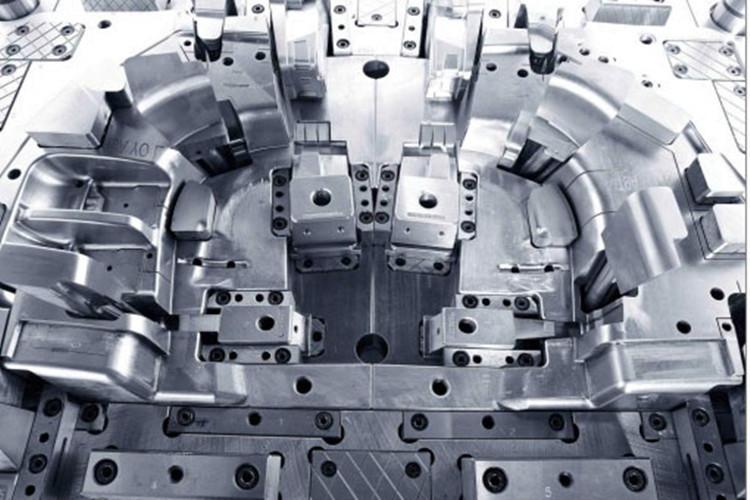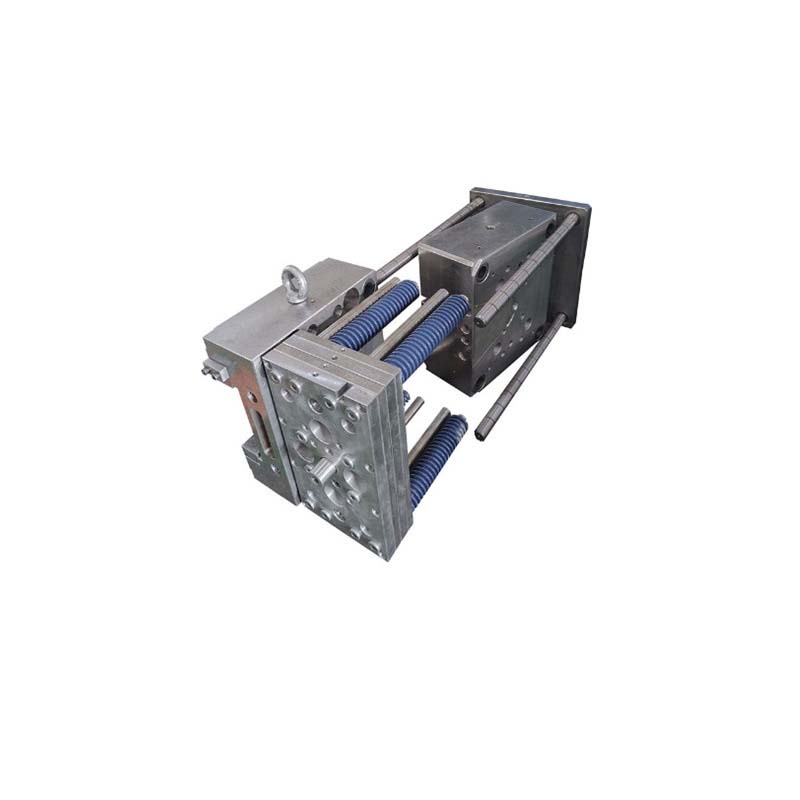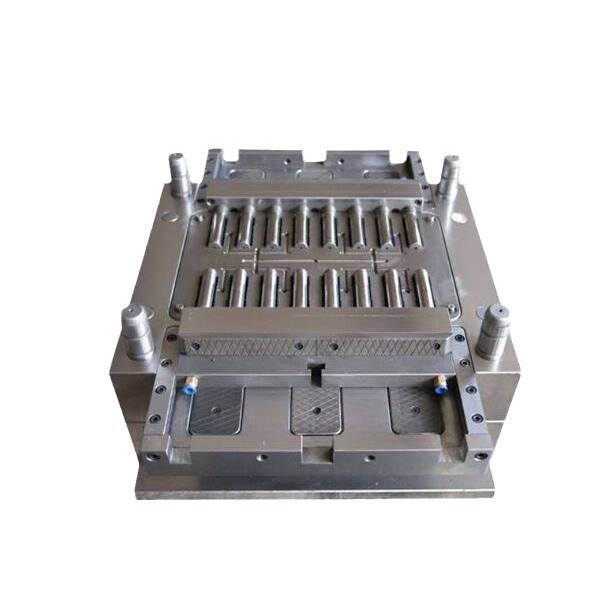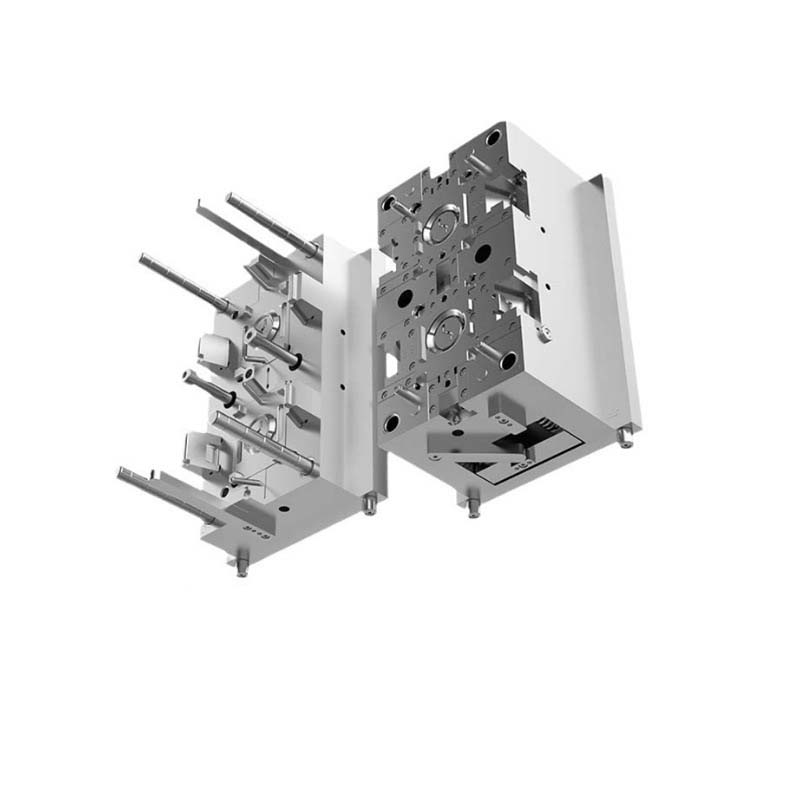Introduction
In the vast and intricate landscape of modern manufacturing, few elements are as fundamental and far - reaching in their impact as Mold Tooling. It serves as the backbone upon which countless products, spanning diverse industries, are brought into existence. From the tiniest components in electronics to the large - scale parts in automotive manufacturing, mold tooling plays a pivotal role in shaping the world we live in.
Understanding Mold Tooling
At its core, Mold Tooling refers to the specialized tools, often made of high - quality metals such as steel or aluminum, that are used to create molds. A mold, in turn, is a hollowed - out block or cavity into which a liquid or semi - liquid material, like plastic, metal, or rubber, is poured or injected. Once the material solidifies within the mold, it takes on the precise shape of the cavity, resulting in a finished product.
For example, in plastic injection molding, which is one of the most common applications of mold tooling, molten plastic is forced into a mold cavity at high pressure. The mold tooling is designed with extreme precision, taking into account factors such as the desired product dimensions, surface finish, and any internal or external features. A simple plastic toy might have a relatively straightforward mold, while a complex automotive interior component could require a multi - part, highly intricate mold tooling system.
The importance of mold tooling in manufacturing cannot be overstated. It is the key that unlocks the door to mass production. Without efficient and accurate mold tooling, manufacturers would be limited to producing products one - by - one, by hand, which would be extremely time - consuming, costly, and often inconsistent in quality. In fact, mold tooling enables the production of identical products in large quantities with a high degree of precision. A study by the International Manufacturing Technology Show found that in high - volume production, the use of mold tooling can reduce the cost per unit by up to 70% compared to non - mold - based production methods. This cost - effectiveness is crucial for companies to remain competitive in the global marketplace.
Precision and Consistency: The Hallmark of Mold Tooling
Achieving High - Precision Products
In manufacturing, precision is often the difference between a product that meets high - quality standards and one that fails to function properly. Mold tooling is instrumental in achieving high - precision products.
Take the aerospace industry, for example. A study by the European Space Agency (ESA) found that the use of high - precision mold tooling in the production of satellite components has led to a significant improvement in the performance of satellites. Components such as satellite housings and optical mirrors are produced with tolerances as low as ±0.001 mm. This level of precision is crucial as even the slightest deviation can affect the satellite's functionality, including its ability to communicate with Earth or capture accurate images of space.
In the medical device industry, precision in mold tooling is equally critical. Medical implants, like hip replacements or dental prosthetics, need to be an exact fit for the human body. According to the International Journal of Medical Robotics and Computer - Assisted Surgery, 95% of modern hip replacement implants are produced using highly precise mold tooling. These molds are designed to create implants with precise geometries, ensuring a proper fit within the patient's body, reducing the risk of rejection, and improving the overall success rate of the surgeries. The precision of the mold tooling allows for the replication of complex anatomical shapes with extreme accuracy, which is essential for the well - being of patients.
Ensuring Product Consistency
Product consistency is another vital aspect that mold tooling addresses effectively. When a company produces a product, customers expect every unit to be identical in terms of quality, dimensions, and functionality.
The automotive industry is a prime example of an industry that benefits greatly from the consistency provided by mold tooling. A report by the Society of Automotive Engineers (SAE) shows that automotive manufacturers using mold - based production can achieve a part - to - part variation of less than 0.5 mm for large - scale components such as car bumpers. This high level of consistency not only ensures that the parts fit together correctly during the assembly process but also improves the overall quality and safety of the vehicles. For instance, if the dimensions of car doors vary significantly from one unit to another, it could lead to issues with closing, sealing, or even safety in the event of a collision.
Cost - Efficiency: A Long - Term Investment
Initial Investment vs. Long - Term Savings
When considering mold tooling, it's common for manufacturers to be initially deterred by the high upfront costs. The creation of high - quality mold tooling, especially for complex products, requires significant investment in materials, skilled labor, and advanced manufacturing equipment. For instance, in a plastic product manufacturing enterprise, a simple injection mold for a small - scale production run might cost around \(5,000 - \)10,000. However, for large - scale, high - precision molds used in automotive or aerospace plastic component production, the cost can soar to hundreds of thousands or even millions of dollars.
| Investment Type | Initial Cost | Long - Term Impact |
| Simple Plastic Mold | \(5,000 - \)10,000 | Low - volume production, relatively quick return on investment if product demand is stable. |
| High - Precision Automotive Mold | \(500,000 - \)1,000,000+ | High - volume production, significant cost per unit reduction over time. For example, if a car bumper produced without mold tooling costs \(50 per unit, with efficient mold - based production, it can be reduced to \)15 - $20 per unit. |
Despite these high initial outlays, mold tooling offers substantial long - term savings. Once the mold is created, the cost per unit of production drops significantly. In large - scale manufacturing, the economies of scale come into play. A study by the Plastic Industry Association found that for a plastic toy manufacturer producing 100,000 units of a product, the unit cost without mold tooling was \(5. After investing in a \)50,000 mold, the unit cost dropped to $2. This means that after producing just 16,667 units, the cost savings start to offset the initial investment in the mold. As production volume increases, the savings become even more substantial.
Yigu Technology's Perspective
As a custom supplier of non - standard plastic and metal products, Yigu Technology deeply understands the significance of mold tooling. High - quality mold tooling is the foundation of our ability to provide top - notch customized products. For plastic products, precise mold tooling ensures that the final items have excellent dimensional accuracy and surface finish. In metal product manufacturing, well - designed mold tooling can improve the forming quality and mechanical properties of the parts.
Moreover, mold tooling directly impacts production efficiency. With efficient mold tooling, we can reduce the production cycle, enabling us to meet customers' tight delivery schedules. In the context of customization, mold tooling allows us to transform unique design concepts into tangible products, meeting the diverse needs of different industries. Whether it's a complex plastic component for electronics or a special - shaped metal part for machinery, mold tooling is the key to turning ideas into reality.
FAQ about Mold Tooling
What are the common materials used in mold tooling?
Common materials for mold tooling include steel, aluminum alloy, and beryllium copper alloy. Steel, especially alloy steel, is widely used due to its high strength, hardness, and wear - resistance. It is suitable for molds with high - precision requirements and long - term use, such as in automotive part production. Aluminum alloy has the advantages of low density, high thermal conductivity, and good machinability. It is often used in molds for products with relatively simple shapes and high - volume production requirements, like some plastic packaging molds. Beryllium copper alloy offers excellent thermal conductivity and high strength, making it ideal for molds in applications where rapid heat transfer is crucial, such as in the production of electronic components with strict dimensional accuracy requirements during the molding process.
How to ensure the quality of mold tooling?
To ensure the quality of mold tooling, several steps are essential. First, conduct a comprehensive design review before starting production. This helps to identify potential design flaws, such as improper draft angles or insufficient wall thickness, which could affect the mold's functionality and the quality of the final product. Second, material inspection is crucial. High - quality raw materials should be selected and thoroughly inspected for any defects, ensuring that the material properties meet the design requirements. Third, strict control of processing accuracy during manufacturing is necessary. Advanced machining equipment and skilled operators are required to ensure that the mold's dimensions are within the specified tolerances. Finally, trial - mold adjustment should be carried out. After the mold is initially produced, it is used in a trial - production run. Any issues found during this process, such as flash, warping, or incomplete filling, are analyzed and the mold is adjusted accordingly to improve its quality.
What is the lifespan of mold tooling?
The lifespan of mold tooling is affected by multiple factors. Material quality is a significant factor; molds made of high - quality materials generally have a longer lifespan. Use frequency also matters. Frequent use will naturally cause more wear and tear on the mold, reducing its lifespan. Maintenance and care play a crucial role. Regular cleaning, lubrication, and timely repair of minor damages can extend the mold's life. The complexity of the product being molded is another factor. Molds for complex - shaped products with many intricate details are more likely to experience stress concentration and wear, thus having a shorter lifespan. In general, simple plastic injection molds may have a lifespan of 50,000 - 100,000 shots, while high - precision molds for automotive or aerospace components can last from 200,000 to 1,000,000 shots or more, depending on the above - mentioned factors.
